Handbook of Medical Hallucinogens
.jpg)

Title Details
1st Ed.
2021 © Guilford Publications
Jim Grigsby, PhD; Charles S. Grob, MD
ISBN-13: 978-1-4625-4544-5
eISBN-13: 978-1-4625-4548-3
Pharmacy/Pharmacology, Mental Health
Additional Details
This handbook reviews promising applications of psychedelics in the treatment of such challenging psychiatric problems as posttraumatic stress disorder, major depression, substance use disorders, and end-of-life anxiety. Experts from multiple disciplines synthesize current knowledge on psilocybin, MDMA, ketamine, and other medical hallucinogens. The volume comprehensively examines these substances' neurobiological mechanisms, clinical effects, therapeutic potential, risks, and anthropological and historical contexts. Coverage ranges from basic science to practical clinical considerations, including patient screening and selection, dosages, and routes of administration, how psychedelic-assisted sessions are structured and conducted, and management of adverse reactions.
Intended for a broad, multidisciplinary audience, this book is designed to help fill in significant gaps in the literature regarding our current understanding of these agents. The audience includes clinical psychologists, psychiatrists, clinical social workers, other healthcare providers, researchers, and trainees, as well as anyone interested in the history, pharmacology, or potential clinical use of these agents.
Doody's Review
"The book brings together the current state of knowledge regarding this diverse group of agents in regard to their neurobiological and psychological effects related to the treatment of various psychiatric conditions. It also covers the important cultural and philosophical aspects of these agents. After decades of interest in the psychiatric benefits of hallucinogens, we are at a point culturally where the scientific community and policymakers are open to researching their potential value and therapeutic uses to allow us to move past the mystique that surrounds them."
-- Michael Easton, MD (Rush University Medical Center) Doody's Review
Score: 94/100
Stars: 4


Table of Contents
Similar Resources

The Power of A Digital Library
TDS Health titles provide the latest healthcare information in a customizable and convenient format. STAT!Ref goes where you go, accessible by desktop, laptop, wireless or web-enabled mobile devices. Harness the power of learning in you hands.



















































